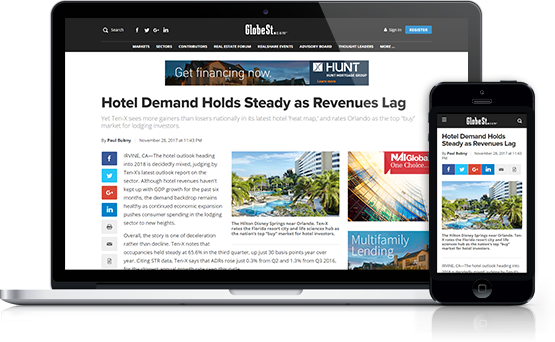Recently, there has been some gnashing of teeth about the possible impact on sale-leasebacks by a proposed change in the manner in which leases are accounted for under GAAP. FASB has put forward some changes which, if enacted, will effectively eliminate the distinction between operating and capital leases. For companies such as Walgreens and CVS, who heavily utilize sale-leasebacks, and typically structure the resulting leases as operating leases, this would means billions of dollars of lease liabilities would move from the footnotes to the balance sheet.
While it's true that this change will be a headache for the accounting departments of both lessors and lesses (not the least of which due to its retroactive nature) it's impact on overall sale-leaseback activity should be zero.
Here's why:
Recommended For You
Want to continue reading?
Become a Free ALM Digital Reader.
Once you are an ALM Digital Member, you’ll receive:
- Breaking commercial real estate news and analysis, on-site and via our newsletters and custom alerts
- Educational webcasts, white papers, and ebooks from industry thought leaders
- Critical coverage of the property casualty insurance and financial advisory markets on our other ALM sites, PropertyCasualty360 and ThinkAdvisor
Already have an account? Sign In Now
*May exclude premium content© 2025 ALM Global, LLC, All Rights Reserved. Request academic re-use from www.copyright.com. All other uses, submit a request to [email protected]. For more information visit Asset & Logo Licensing.








